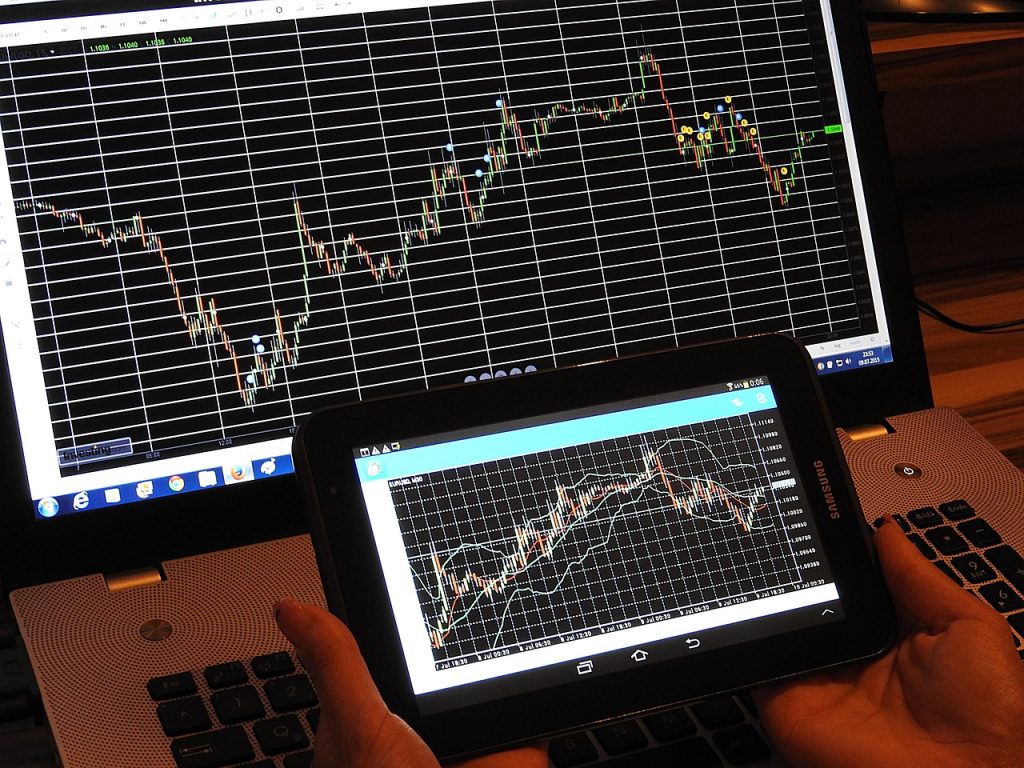Introduction
Ever felt overwhelmed by jargon like “pips” or “margin” while diving into Forex trading? You’re not alone. Understanding these core concepts is the key to unlocking confident, strategic trades. In this guide, we’ll demystify pips, lots, leverage, and margin—the building blocks of Forex—and show you how to use them to manage risk, maximize returns, and avoid costly mistakes. Let’s dive in!
1. What is a Pip? The Pulse of Price Movements
Definition: A pip (Percentage in Point) is the smallest price change a currency pair can make. Most pairs quote to the 4th decimal (e.g., EUR/USD moving from 1.1050 to 1.1051 = 1 pip). For JPY pairs, it’s the 2nd decimal (e.g., USD/JPY at 110.05 to 110.06).
Why It Matters:
- Calculate Profit/Loss: If GBP/USD rises 50 pips and you’re trading a standard lot, you gain 500(50pipsx500(50pipsx10 per pip).
- Set Stop-Loss Orders: A 30-pip stop-loss limits downside risk.
Pro Tip: Use a pip calculator to automate profit/loss estimates before entering trades.
2. Lots: Sizing Your Trades Like a Pro
Definition: A lot determines trade volume. There are three types:
| Lot Type | Units | Risk Level |
|---|---|---|
| Standard Lot | 100,000 units | High |
| Mini Lot | 10,000 units | Moderate |
| Micro Lot | 1,000 units | Low (Ideal for beginners) |
Example: Trading a micro lot of EUR/USD means every pip movement equals $0.10 profit/loss.
Why It Matters:
- Control Risk: Smaller lots = smaller losses.
- Scale Strategically: Start with micro lots to test strategies without risking large capital.
3. Leverage: Amplify Gains (But Respect the Risks)
Definition: Leverage lets you control larger positions with minimal capital. Expressed as a ratio (e.g., 50:1), it magnifies both profits and losses.
Example: With 100:1 leverage, a 1,000margincontrolsa1,000margincontrolsa100,000 position. A 1% price rise = 100% return ($1,000 profit). But a 1% drop wipes your margin.
Pro Tip:
- Stay Conservative: New traders should stick to lower leverage (10:1 or 20:1).
- Avoid Margin Calls: High leverage increases the risk of losing your entire deposit.
4. Margin: Your Safety Net in Leveraged Trading
Definition: Margin is the collateral needed to open/maintain a leveraged trade. Two key types:
- Initial Margin: Funds required to open a position.
- Maintenance Margin: Minimum equity to keep a trade active.
Example: At 50:1 leverage, a 100,000traderequires100,000traderequires2,000 initial margin. If losses drain 50% of your margin, brokers may issue a margin call (force liquidation).
Why It Matters:
- Monitor Equity: Track your margin level (Equity ÷ Used Margin) to avoid liquidation.
- Plan Buffer Funds: Keep extra capital to withstand market swings.
How Pips, Lots, Leverage, and Margin Work Together
Imagine trading EUR/USD:
- Trade Size: 1 mini lot (10,000 units) = $1 per pip.
- Leverage: 50:1 → $200 margin required.
- Price Movement: A 20-pip gain = 20profit(20pipsx20profit(20pipsx1).
- Risk Check: A 50-pip loss would consume $50, risking 25% of your margin.
This interplay highlights why balancing these terms is critical for survival in Forex.
5 Practical Tips to Trade Smarter
- Start Small: Use micro lots and low leverage to minimize early losses.
- Calculate Pip Value: Know your exposure before every trade.
- Set Hard Limits: Never risk more than 2% of your account on a single trade.
- Monitor Margin Religiously: Use platform alerts to avoid liquidation.
- Practice First: Test strategies on a demo account to refine your approach.
FAQ: Quick Answers to Common Questions
Q: Can I trade Forex without leverage?
A: Yes, but gains/losses will be minimal. Leverage amplifies opportunities (and risks).
Q: How do I choose the right lot size?
A: Match it to your risk tolerance. Use this formula:
Lot Size = (Risk Amount) / (Stop-Loss Pips x Pip Value)
Q: What’s the safest leverage ratio for beginners?
A: Stick to 10:1 or 20:1 until you gain experience.
Conclusion: Turn Knowledge into Action
Mastering pips, lots, leverage, and margin transforms you from a novice to a strategic trader. Start small, prioritize risk management, and gradually scale your approach. Ready to take the next step? [Download our free Forex Risk Management Checklist] or [Join our beginner’s webinar] to sharpen your skills.
Happy trading!

